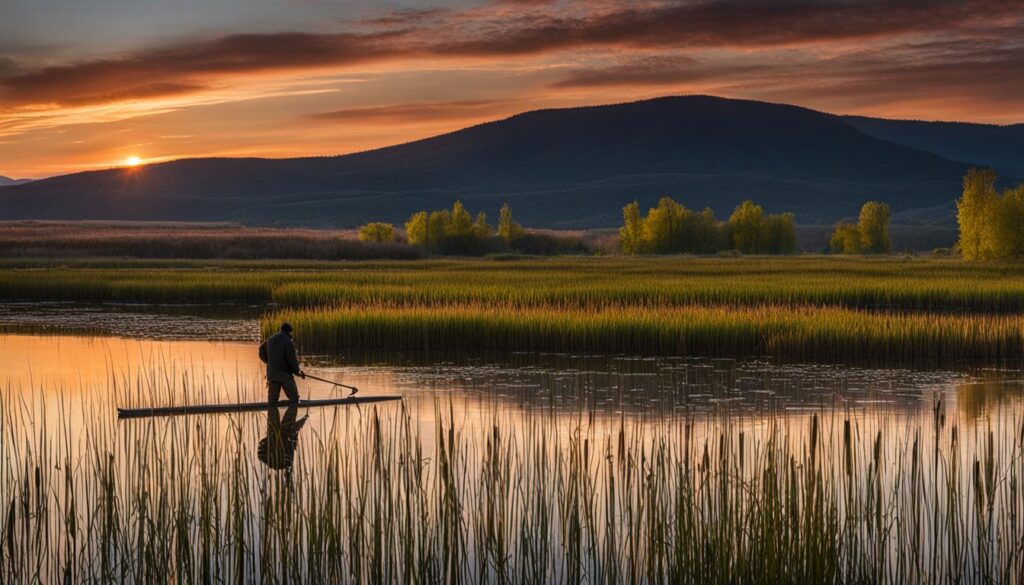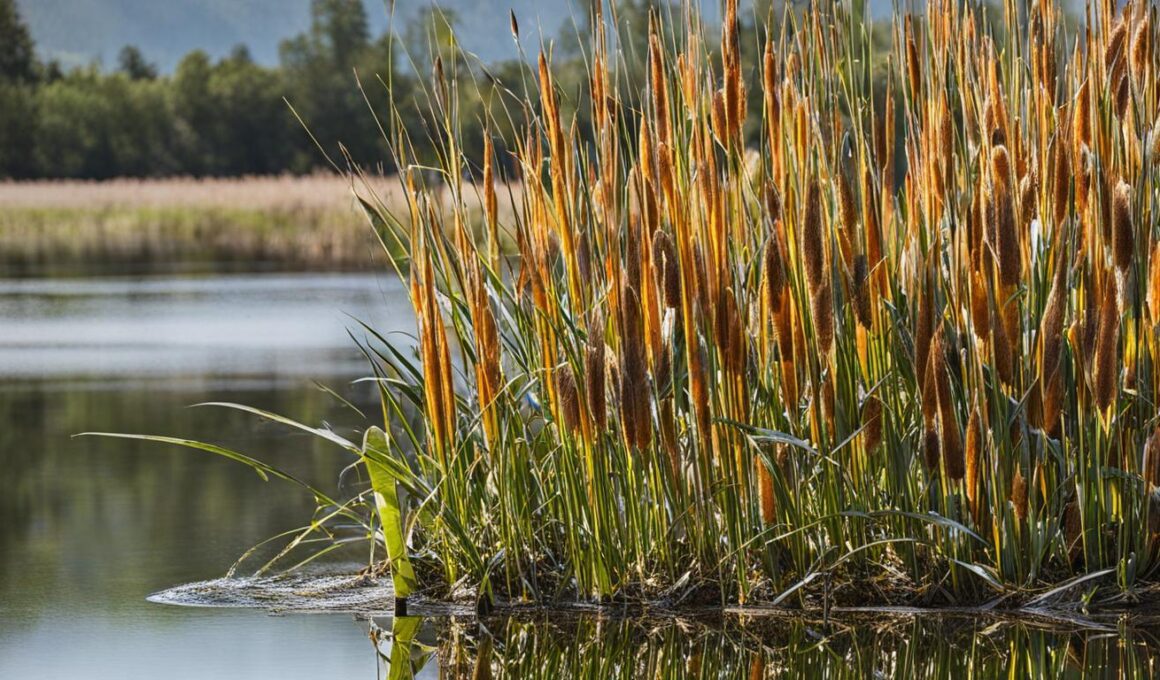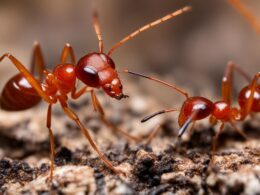Cattails are native wetland plants that can quickly grow into thick stands, blocking the view of open water and posing a threat to the health of ponds or wetlands. It is important to manage cattail overgrowth effectively to ensure the well-being of the ecosystem. In this section, we will discuss different methods for killing cattails safely and efficiently.
When dealing with cattails in your pond or wetland, it’s crucial to find effective ways to control and eliminate them. In the following sections, we will explore various techniques and strategies to help you manage cattail overgrowth and restore balance to your aquatic environment. Whether you’re a pond owner, wetland manager, or someone facing cattail-related challenges, this guide will provide you with the knowledge you need to tackle the issue head-on.
Controlling Cattails in a Pond
When it comes to managing cattail overgrowth in your pond, there are several effective techniques you can employ. Each method has its own advantages and considerations, so it’s important to choose the right approach based on your specific situation and pond management goals.
1. Hand-Pulling Cattails
If the cattails in your pond are still young and have not fully established their root systems, hand-pulling can be an effective control method. Using gloves, firmly grip the cattail stalk near its base and slowly pull it upward while applying steady pressure. Make sure to remove the entire root system to prevent regrowth.
2. Mowing and Cutting Cattails
Mowing and cutting cattails below the waterline can also help control their growth. Using a brush cutter or a mower attachment designed for aquatic vegetation, trim the cattails at or slightly below the water surface. This method works best when the water level is low, allowing for better access to the cattails.
3. Dredging
In cases of severe cattail infestation, dredging can be an effective long-term solution. This process involves removing the cattails and the soil they grow in. It helps to restore the pond to its original depth and eliminate the nutrients that promote cattail growth.
4. Flooding and Freezing
An alternative natural approach to cattail control is flooding or freezing the roots of the plants. This method can be effective during the winter months when the water freezes or by temporarily raising the water level. The extreme conditions disrupt the cattails’ growth cycle and reduce their population.
5. Chemical Herbicides
In some cases, using chemical herbicides specifically labeled for cattail control may be necessary. These herbicides should be used with caution and according to the manufacturer’s instructions. It’s important to choose a product that is safe for aquatic environments and follow proper application techniques to minimize the impact on non-target plants and animals.
Remember, proper cattail control and pond management require regular monitoring and maintenance. Assess the effectiveness of your chosen control method and adjust your approach as needed. By implementing the right strategies, you can keep cattails in check and maintain a healthy and balanced pond ecosystem.
 |
Benefits of Cattails and Setting Boundaries
While cattails can sometimes be a nuisance when they overgrow, it’s essential to recognize the valuable benefits they provide to the ecosystem. One of the significant advantages of cattails is their role in creating wildlife habitat. These tall, reed-like plants offer a safe haven for various species, serving as nesting spots for birds and providing cover for fish, insects, and other animals.
Additionally, cattails function as a natural hatchery and nursery. The dense stands of cattails create the perfect environment for many aquatic species to reproduce and raise their young. By offering a protected and nutrient-rich space, cattails support the vitality of the local ecosystem.
Cattails are not just beneficial to wildlife. They have numerous uses for humans as well. The leaves and stalks of cattails are multi-purpose materials that have been used for centuries. Crafters and artisans utilize them for weaving, basketry, and other creative projects. Furthermore, cattails can serve as a grocery store, as their edible parts can be harvested and consumed as a food source.
To strike a balance between benefiting from cattails and controlling their growth, it’s crucial to set boundaries. Establishing boundaries ensures that cattails do not expand excessively and restrict open water views or encroach upon other desirable plant species. Regularly monitoring and removing cattails that stray beyond these boundaries helps maintain a healthy ecosystem without compromising their overall contributions.
Can the same method used to kill monkey grass also be used to kill cattails?
Yes, the same method for killing monkey grass effectively can also be used to kill cattails. Both plants respond well to herbicide application, particularly those containing glyphosate or imazapyr. Be sure to carefully follow the product instructions and consider using a surfactant for better penetration.









